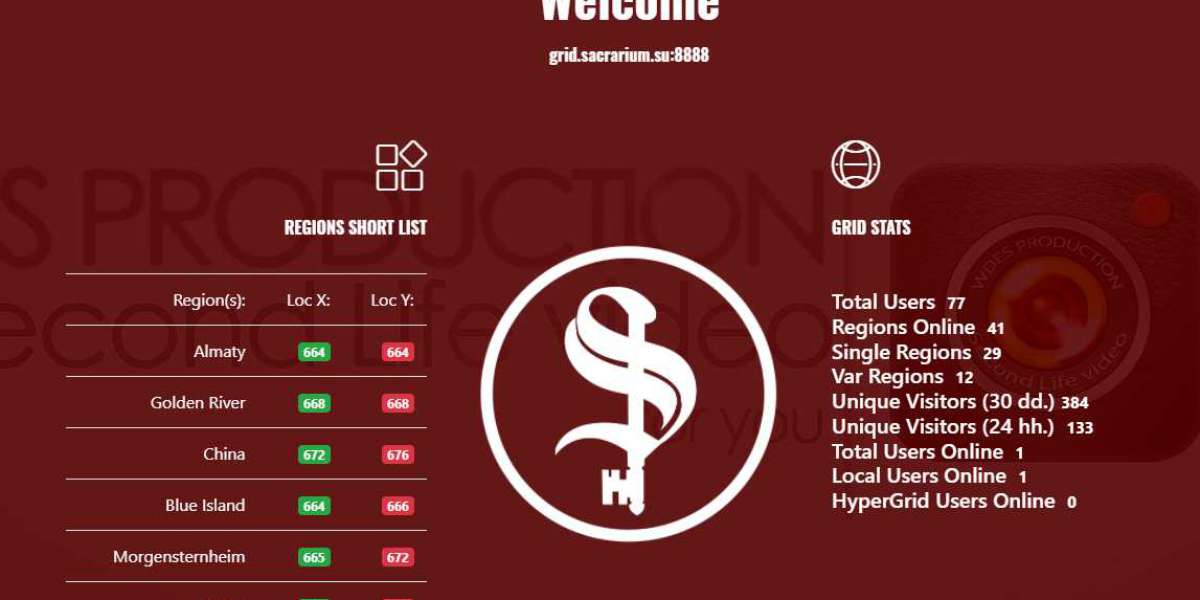The popularity rating of grids is the most important indicator of the success of any project in the virtual universe. It is generally accepted that the more visitors, the "better" and more popular the grid. It is difficult to disagree with this provision. Indeed, if your grid is visited by a small number of users, then it is relatively less relevant and in demand. On the other hand, if the number of visits is large and constantly growing every month, then your project is developing and becoming more interesting and necessary for the virtual community. This is logical. Today I propose you to look at the popularity rating from a different angle. The problem is that the popularity rating does not take into account the payload for each of the regions in the grid. For example, if a grid consists of one region and one hundred people visit it every month, this means that the audience for this region is quite large. It is a very difficult task to create content that will be in demand by so many people all the time. However, compared to a grid that consists of 20 regions and has 600 visitors per month, this result of 100 users looks poor. But let's pay attention to the details. If we talk about a qualitative characteristic of popularity, then you need to know how many users are attracted by each region separately. We can divide the number of users by the number of regions to get the average payload. Divide 600/20 = 30 users per region every month. Now let's compare these numbers: 100 users per region and 30 users per region. We can see that the payload on the region in the first case exceeds this indicator in the second case. Another example can be cited. For example, a grid consists of 30 regions and has 25 users every month. This happens at the very beginning of a project, when users are just starting to find a new grid. We get a payload index for each of the regions 1.2 users per month. If this indicator does not grow over the next months, either grows insignificantly, or decreases, then the grid owner should think about how profitable it is to maintain such project for the sake of 2-3 people per month. Thus, the formula for this index will look like this: P= V/R (R-regions, V-visitors).
Calculating the PPI will allow you to adjust the size of the grid and manage the load on the server, depending on the current popularity rating. If the popularity rating of the grid begins to grow, then it makes sense to add new regions, while paying attention to the quality of the content and the concept of each new region. Content here is not only free stuff, but also interesting events, meetings, parties, picturesque places for a photo session, etc. Of course, PPI can only make sense in comparison with the index of other grids. Ultimately, it is up to everyone to decide how many users per region are acceptable for the grid. For example, I have my own grid that I use mainly for my home region. It is not my goal to make it particularly public and popular. Therefore, the index can be relevant mainly for projects aimed at the public and competition, as well as commercial projects.




WhiteAngel Deed 5 yrs
test